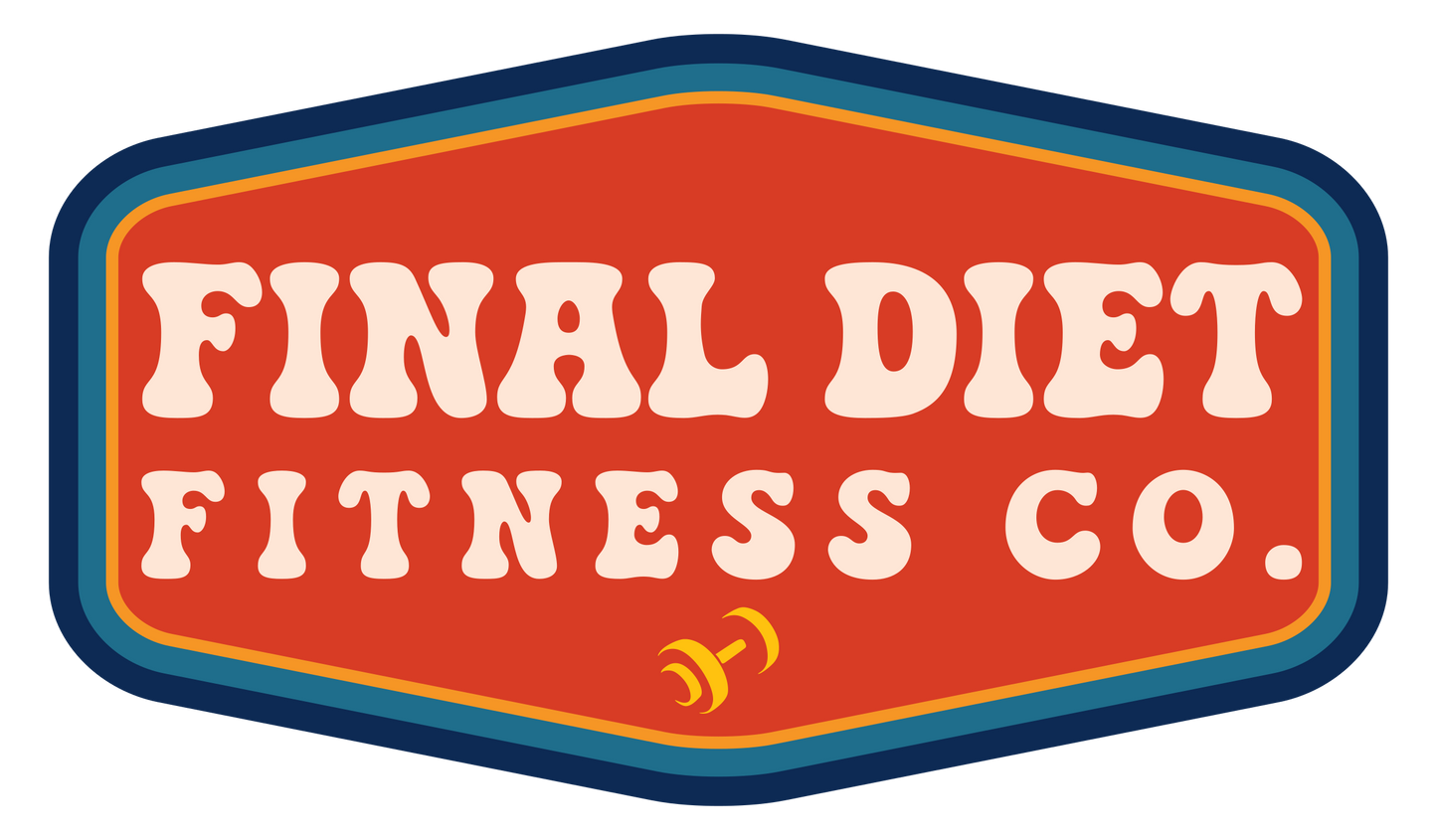
Tracking calories is one of the most effective tools for fat loss—but it doesn’t need to take over your life. The goal is awareness, not obsession. Here’s how to make tracking sustainable.
1) Focus on Awareness, Not Perfection
Even estimating portion sizes for a week can reveal where hidden calories come from—like dressings, oils, and snacks.
2) Use “Ranges,” Not Exact Numbers
Instead of hitting 2,000 exactly, give yourself a range (e.g., 1,900–2,100 calories/day). This reduces stress and helps with consistency.
3) Weigh High-Calorie Foods
Use a food scale for calorie-dense items like peanut butter, oils, rice, and nuts. A small “extra” scoop can add 200+ calories fast.
4) Pre-Log Your Day
Plan your main meals in advance so you know how much flexibility you have for extras like sauces or snacks.
5) Stop Tracking When You’ve Learned Enough
Once you understand your patterns, you can move to mindful eating—sticking to similar portions and meal structures without logging.
Takeaway:
Calorie tracking isn’t about perfection—it’s about awareness. Use it as a short-term learning tool to understand your habits, then transition to intuitive eating once consistency feels easy.
